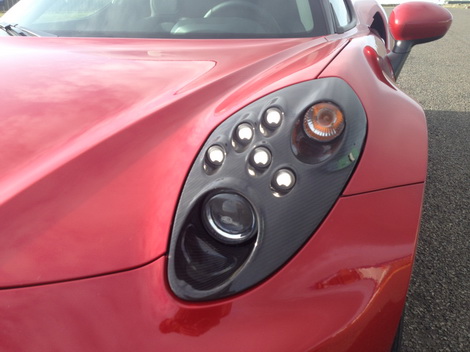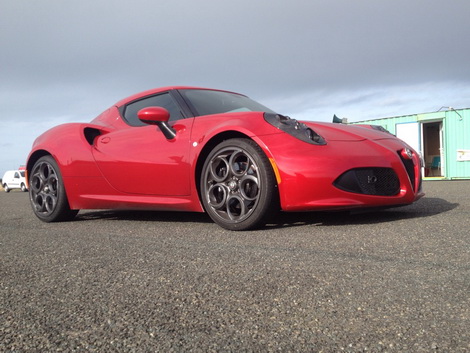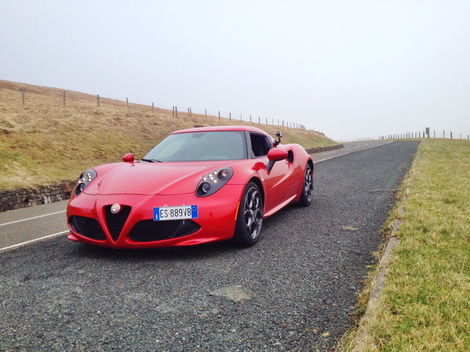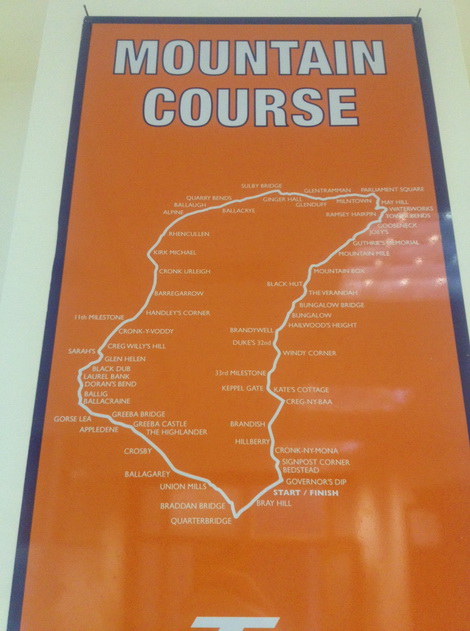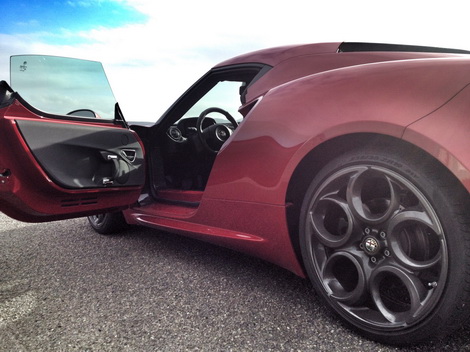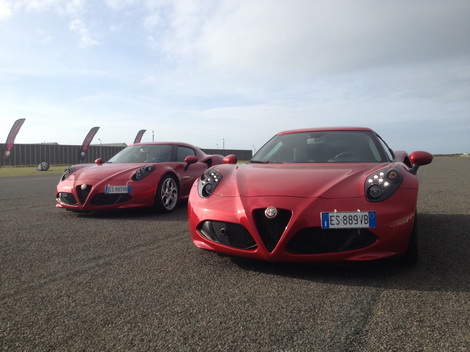Some 130 kilometres off the Irish coastline is a small island called the Isle of Man. It gave us The Bee Gees, funny cats, professional cyclist Mark Cavendish and is of course home to what is simply the most famous motorcycle race in the world - the TT.
The first running of the TT (Tourist Trophy) was in 1907 and since then it has, rather controversially, become one of the most coveted titles in motorcycle racing. Run over a 60.7km lap of the island's roads, since its inception 240 riders have lost their lives competing there. In one year alone - 1970 - seven riders died. Despite the dangers, it made the likes of Joey Dunlop household names. Speeds continue to rise even though little has changed around the course; the current lap record belongs to John McGuinness who last year set a time of 17 minutes 11.572 seconds - that's an average speed of 131.67mph - or 211.90km/h.
My date with the TT Course might be slightly slower. But no less dramatic. Following an Alfa Romeo event on the island, I exclusively had the new Alfa 4C to myself in which to experience the course. Given that I'm just as big a biker as a car nut I tried to prepare myself for sensory overload. First things first, I needed to get to know the 4C a little before our 'date'. Rather conveniently Alfa Romeo had set up a particularly good circuit at Jurby Airfield, and who better to show me around while discovering the car's limits than Alberto Cavaggioni, Alfa Romeo's head of marketing (and massive petrolhead) for EMEA - Europe, Middle East and Africa.
First things first. Those headlights. To be honest, they're not as bad in person as they are in photos. I still think Alfa cocked up the design, but I understand the reasons now. Thankfully buyers can now order different headlights that look more like what we saw on the original concept.
Then there's the sound. Much like the Jaguar F-Type, I wonder just how the 4C passed the ever-more stringent noise regulations - it sounds glorious. Inside, that sound is every bit as good, as the four-cylinder engine resonates through the car's carbon fibre tub. Alfa has been fanatical about saving weight with this car so there is little in the way of sound insulation.
Impressively, even through the fastest of corners the 4C remains very composed with virtually no body roll, which should bode well for later. After ten or so laps Alberto recommends we turn off all of the Alfa's stability control systems. At higher speeds the car really comes alive and there is no lack of feedback for the driver either. I know this is going to be fun on the roads.
The bizarre thing about the TT course is that, unlike other road and street circuits, like Monaco for example, virtually nothing changes here barring the addition of a few barriers and hay bales, so even driving the course now, a couple of months before the main event, it is still a very accurate impression of what the riders experience. Rather uniquely there are no speed limits in place on the sections of road between the towns on the Isle of Man. Ideal then when you have a 240hp rear-wheel drive two-seat sports car to play with.
Driving through the last town before hitting 'The Mountain', demonstrates how surprisingly useable the 4C could be in a daily commute. Yes, it is still firm and offers little in the way of modern luxuries, but it does feel softer than say, a Lotus Exige. Rolling out of Ballaugh I push the Alfa's DNA switch into Race mode, readjust my grip on the car's steering wheel and pull the left paddle to drop a gear before nailing it. The rise uphill adds to the sense of occasion as I wring the 1,750cc engine right up to its red line before going for the next gear.
Such is the rather concentrated topography of the island that, within seconds, the road is enveloped with a thick mist that reduces my pace for a couple of miles. The road is thankfully free of traffic allowing me to push things on that bit more as visibility improves. Even though the tarmac is quite smooth the wide front wheels do result in some tramlining, meaning that constant steering inputs are needed. Alfa has mentioned that skinnier front wheels will be coming to counteract this issue.
Not that it really detracts too much from the experience. Before long, I'm heading back into the main town of Douglas and the end of my lap. The sensory overload of not only tackling the TT course for the first time but doing so in an Alfa Romeo 4C took some time to subside, but it is undoubtedly one of the most memorable drives of my motoring career to date.


